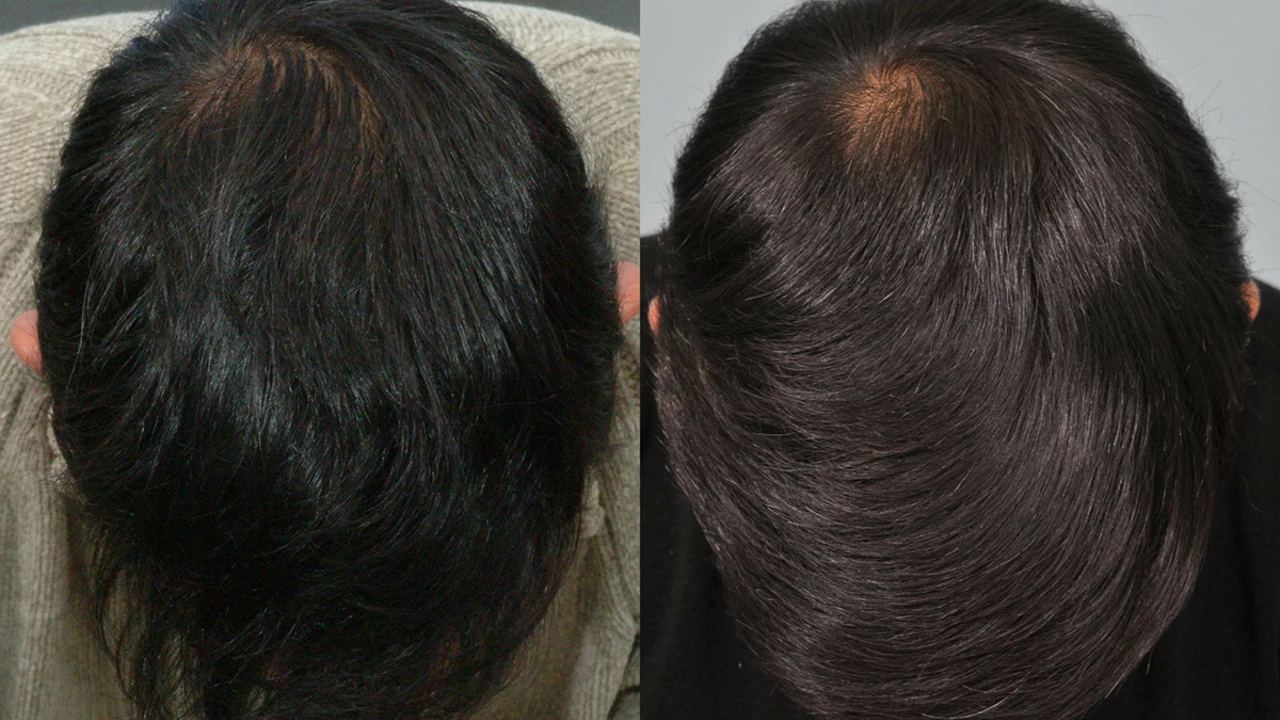Combination: Safe Drug Combos, Alternatives & Practical Tips
Mixing medicines is common. Sometimes combos help—like two drugs lowering blood pressure better than one. Other times combinations cause harm. This page gives clear steps to check safety, find alternatives, and avoid common mistakes.
How to check if a combo is safe
Start by listing every medicine, supplement, and over-the-counter product you use. Don’t forget vitamins and herbal supplements. Put that list in your phone or wallet so you can share it easily with clinicians and pharmacists.
Use reliable tools to check interactions: your pharmacist, a clinic’s medication review, or well-known interaction checkers run by hospitals or government health sites. If an app gives a scary warning, don’t panic—ask a professional to explain the risk and the alternatives.
Watch for duplicate active ingredients. Taking two products that both contain acetaminophen, for example, can cause harm without you realizing it. The same goes for sedating antihistamines or multiple cough-and-cold combos.
Practical steps before mixing meds
Talk to your prescriber. If a new drug is suggested, ask: why this combo, what side effects to expect, and are there safer alternatives? Ask how long you’ll need both drugs and whether dose adjustments are needed.
Consider timing. Some interactions are about when you take meds. Food, grapefruit, and alcohol can change how drugs work. Your doctor or pharmacist can tell you whether to take a drug with meals or on an empty stomach.
Be extra careful with liver or kidney disease. Those organs clear many drugs. If you have kidney or liver problems, dose changes or different medicines may be needed.
Think about age. Older adults often feel stronger side effects from combinations. Children need different dosing—never guess a pediatric dose based on adult pills.
When looking for alternatives, weigh pros and cons. Some articles help compare options (for example, alternatives to common drugs or choices for specific conditions). Use those write-ups to talk through options with your clinician, not as a final prescription.
Use trusted pharmacies. Buying meds online can be safe if the pharmacy is legitimate and asks for a prescription when required. If a deal looks too good to be true, pause and verify the site.
Finally, know emergency signs: severe rash, difficulty breathing, sudden swelling, fainting, or chest pain. If any of these happen after starting a new combo, get emergency help right away.
Keeping a tidy medication list, asking clear questions, and checking with a pharmacist or prescriber will prevent most problems. Small steps make combining drugs safer and give you better control over your treatment plan.

